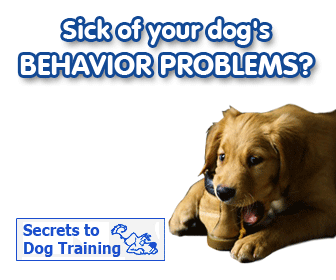But they can behave well - I asked them to pose for the picture below, and they actually sat still for a few minutes. Miracles abound!

According to Dr. Becker, the holistic vet, you can avoid puppy behavior problems by following the following tips (additional references are below each section):
Bring your puppy to the vet as soon as possible for an examination. A sick pup won’t adjust well to his new environment, even if the illness is minor. It’s also hard to gauge a new dog’s real temperament and personality if he’s feeling under the weather.
Crate train your puppy. It’s much easier to housebreak and supervise a crate-trained puppy. Dogs are natural den dwellers, so if you make all your new pet’s crate experiences positive ones, he’ll quickly come to view it as his ‘bedroom’ – his own quiet, safe space. References: http://www.squidoo.com/dog-and-puppy-crate-training-tips and http://www.squidoo.com/More-Crate-Training-Tips
Make sure your new puppy gets plenty of rest and quiet time in her crate or another enclosed, safe area of your home. Puppies are babies and require lots of sleep. In addition, your new pup needs to learn to be alone and not to expect constant attention from human family members. Reference is http://www.squidoo.com/puppy-house-training-schedule
Socialize and train your puppy. In order to create a balanced, well-behaved adult dog, puppy owners must be extremely conscientious about socialization and training. There is nothing more important in raising a healthy, well-adjusted dog than insuring she is thoroughly socialized and receives basic obedience training, at a minimum. Reference is ezinearticles: http://ezinearticles.com/?Puppy-Socials---Are-They-Necessary-Or-a-Passing-Trend?&id=3020622
Also refer to http://www.squidoo.com/solving-puppy-training-problems





















